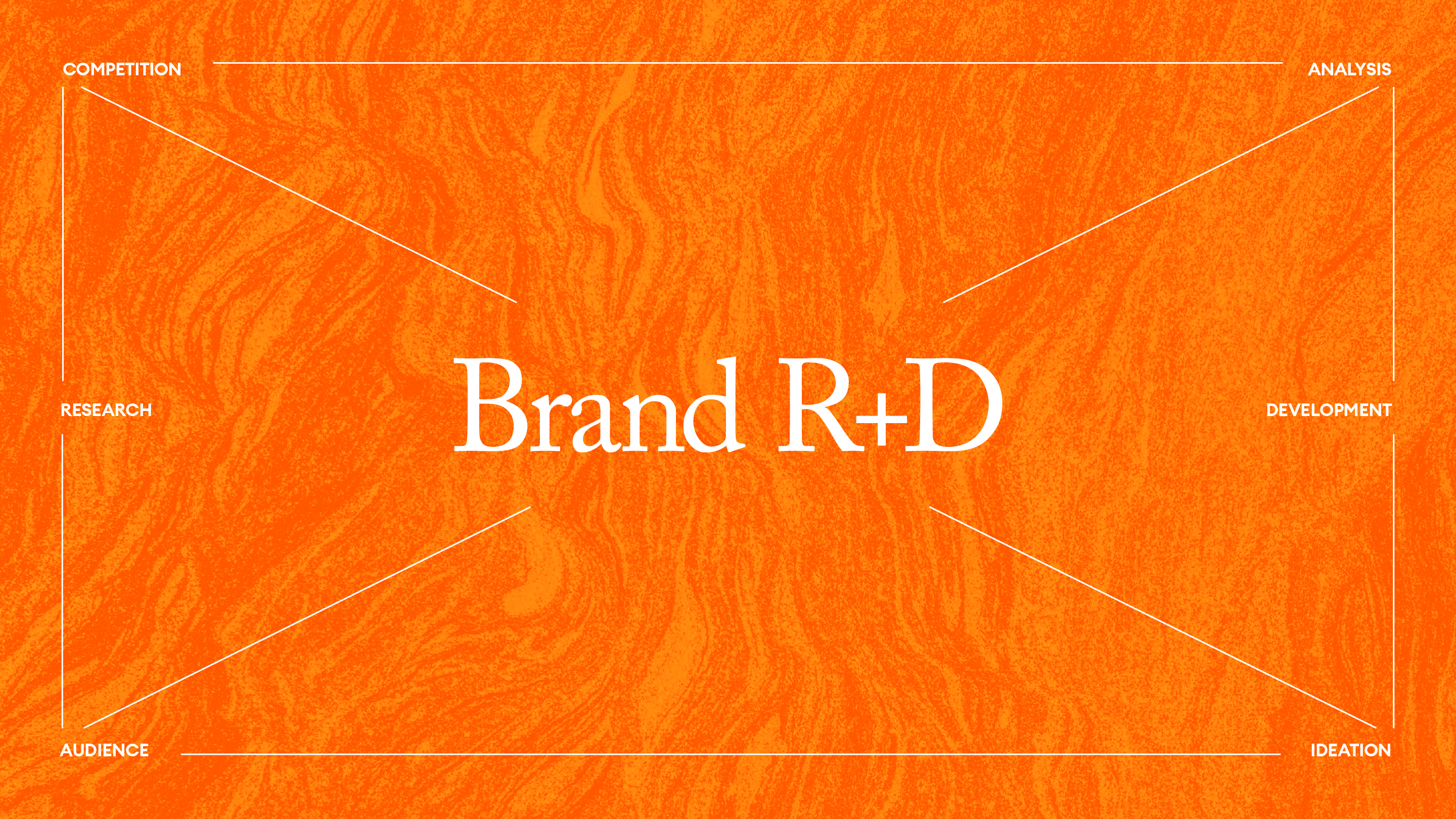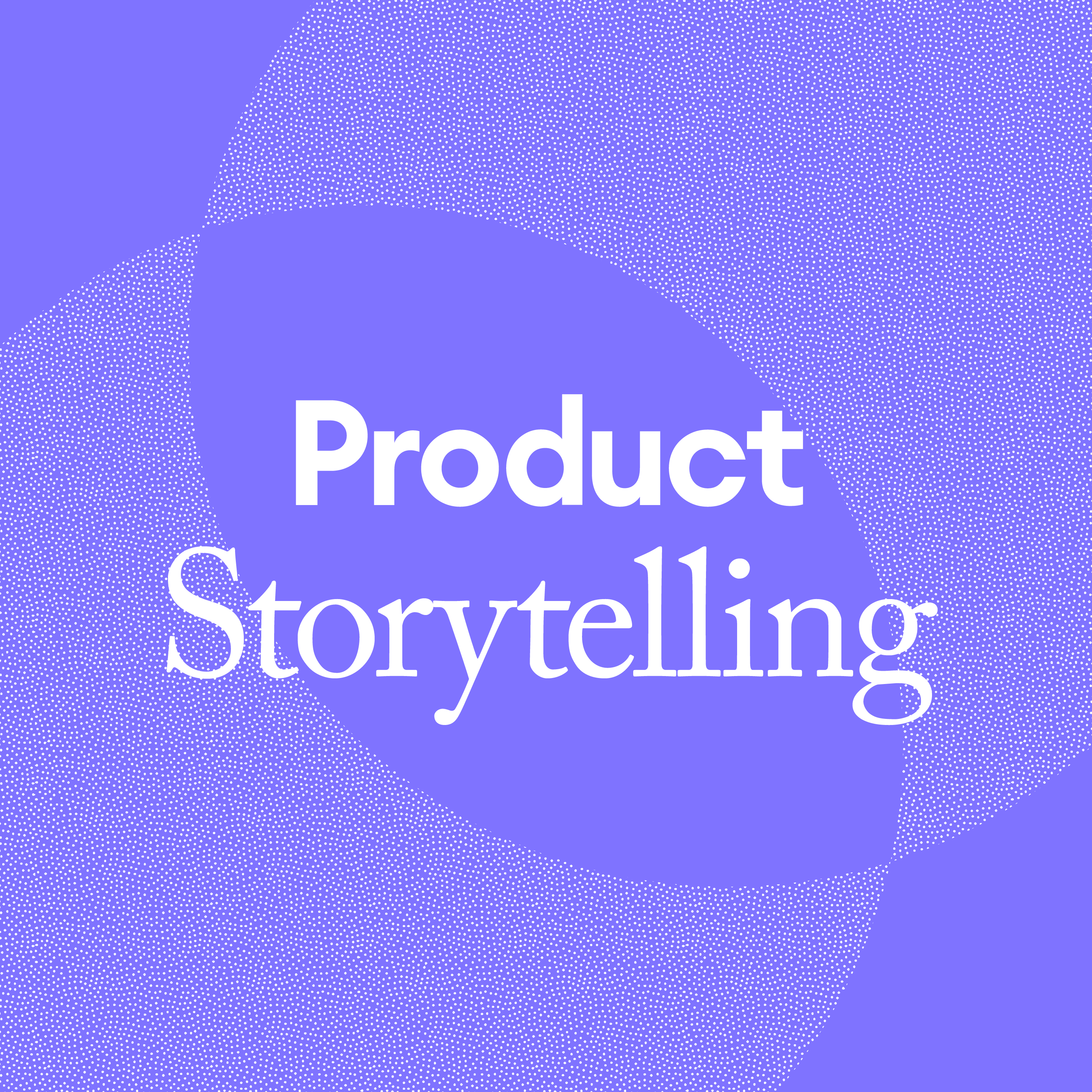It’s been more than four years since I worked in-house at a brand (or “brand-side” as agency folks like to say) and I still remember that feeling of hitting a wall—when it feels like every possible idea you have for one single brand has been explored. Or when it’s clear a project needs deeper work or a “big idea,” but the demands of daily execution in-house are too much to balance.
This is where we at Monday often step in. We call it Brand R+D—it’s a mix of our deep-dive research and insights process paired with our creative ideation firepower.
How do you know when it’s time to call in the creative cavalry? Here’s a breakdown of some clues to look for.
- You have a strong execution team but not enough senior strategic guidance: Writers, designers, photographers—your team is incredible and they execute with style, but they need extra strategic and senior creative muscle to develop the big idea and chart the way forward.
- You’ve been in the brand too long: Your team has been so immersed in your own brand, it’s hard to step back and see anything fresh in it.
- You’ve lost touch with your audience: Your target market has evolved or is starting to age out and you need to reconnect with them—or make a major pivot to reach a new cohort.
- Your competition is gaining on you: You want to see how you stack up, where you sit in the marketplace, look for whitespace you can own, or find a way to get a big jump start on your peers.
So maybe you see yourself in the list above. Here are the payoffs of bringing in external insights and ideas:
- Unlock your own creativity and help your team look at your brand, product, or campaigns with fresh eyes.
- Get out of your myopic bubble and immersed into the culture or the audience you want to reach. The mavens in your vertical aren’t always easy to access, and an external partner may have a broader view than you do.
- Get deep visibility on your competitors so you can avoid duplicating their strategy—or stay two steps ahead of them.
- Reconnect with your core customer—an audience that may have shifted, evolved or just gotten lost along the way.
But back to our original question. What is brand R+D? Just like it sounds, it’s our research and development arm: where we develop new creative, new market opportunities, maybe even new product directions based on information from customers. Here at Monday, we have six areas that we focus on when it comes to R+D.
1. Campaigns and product launches that land
When there’s a lot of pressure on a major brand moment—think holiday campaigns, special partnerships, a rebrand, or a new collection or product line—it’s a great time to call in backup. We can take a 360-degree view of the market and bring something fresh, human, brand-aligned… oh, and rooted in research and real audience insights. Give us enough lead time, and we’ll also test messaging and creative to see what’s really going to land.
2. Bring your brand to retail
In-person retail is your real-world chance to seduce your current and future customers into your brand, leading to a stronger connection and eventually, stronger brand affinity. Whether it’s finding ways to truly stand out in third-party retail or making magic in your own space, your brand should shine through at every retail touchpoint.
When we work with omnichannel brands, we use R+D to map out the customer’s journey and identify where the ideal brand pulses should live. We consider how your brand pillars show up at each touchpoint and how to creatively tell (and show!) those stories. The outcome: a retail landscape that not only converts, but solidifies your mission in the minds and hearts of customers—regardless of whether it’s an owned or a wholesale door.
After doing a larger brand expression project with New Zealand merino brand Mons Royale, we did just this for their new flagship store in Wanaka—imagining the creative brand touchpoints that could live across the shop. And the Mons team realized it beautifully.
3. Brand pulse check
Brand evolution is inevitable (if yours hasn’t evolved, that’s another problem we can solve)—and as the brand evolves, so does perception. From gauging brand sentiment to getting real product feedback, the insights you glean from direct conversations with the people who use your product and engage with the brand are invaluable. Aside from understanding their POV, it’s also a great way to identify shifting perceptions about your brand. Understanding how their interpretation of your brand has changed means you can identify trends early on—and if needed, develop an action plan to address those perceptions before it’s too late.
The takeaway: check in with your audience regularly. We’re talking anywhere from one to four times per year, either through personalized interviews (if you’re doing this less often) or through an email-based survey (if you’re keeping tabs more frequently).
4. Rediscover your core audience
It’s one thing to hear what your customers think about you. It’s another to go deeper and understand how they move through the world, what matters to them and what pain points you can address. All of this may have changed since you launched, and it’s important to find out how you can play a role in their life or better represent them in your creative.
Take our work with Allbirds. They came to use with a very specific ask to recapture the attention of their core audience. As they continued to expand their product line and offerings, they lost touch with their original brand fans. We balanced 1-on-1 customer interviews with industry research to pinpoint the root of the disconnect and then map part of the journey back to connection—specifically, how their core shows up in art direction and styling. Now, Allbirds is bringing the strategy to life and reclaiming the customers who supported them from day one.
5. Competitor check-in
Understanding your competitive landscape and where your brand sits is only one piece of the puzzle. The other is to research what your competitors are up to—you’ll discover new best practices to adopt or identify a market gap you may be able to fill.
We leave no stone unturned when we look at competitor analysis during the R+D phase. From how competitors are positioning their product and messaging to how they bring their brand beliefs to life on external channels, we get all the way into it.
6. Seasonal Inspiration
When things start to feel a little too rinse-and-repeat, you may need new sources of inspo—whether that’s referencing archival creative from historical brands (or your own), tailoring an early emerging trend, or tapping the collective imaginations of folks who are regularly exploring the zeitgeist. Take advantage of a team that makes staying relevant and inspired their job.







